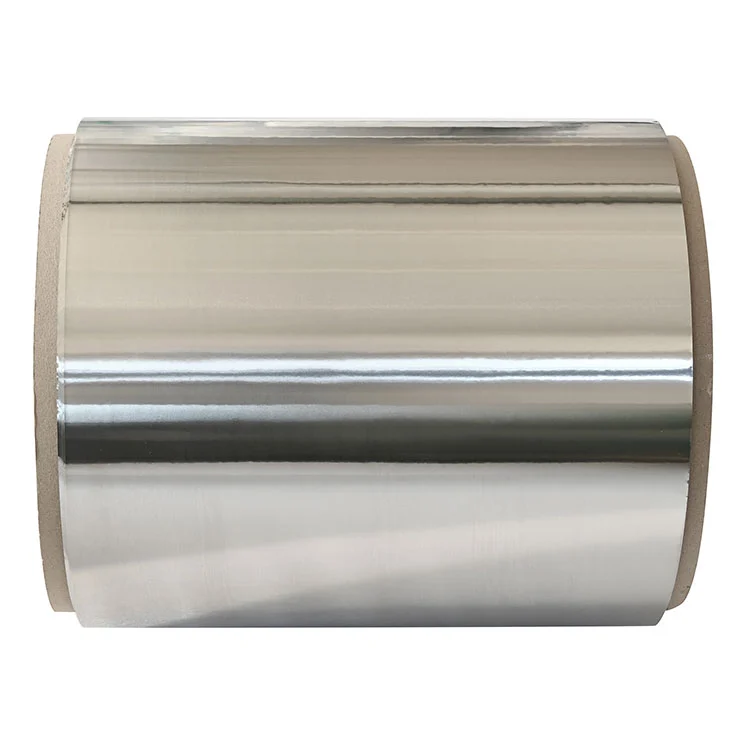Stainless steels are generally classified into three types based on their metallographic structure: austenitic stainless steel, ferritic stainless steel, and martensitic stainless steel. Based on these three basic metallographic structures, further classifications exist for specific needs and purposes, including duplex stainless steel, precipitation-hardening stainless steel, and high-alloy steel with an iron content below 50%.
1. Austenitic stainless steel: The matrix is mainly composed of austenite (γ phase) with a face-centered cubic crystal structure. It is non-magnetic and is primarily strengthened by cold working (which may also induce some magnetism).
This high-temperature alloy foil is a foil product made from super austenitic stainless steel material.
| GRADE | C | Si | Mn | P | S | Ni | Cr | Mo | Cu |
| 904L | ≤0.03% | ≤1.00% | ≤2.00% | ≤0.035% | ≤0.03% | 23.0-25.0% | 18.0-20.0% | 3.0-4.0% | 4.0-5.0% |

2. Ferritic stainless steel: The matrix is mainly composed of ferrite (α phase) with a body-centered cubic crystal structure. It is magnetic and generally cannot be hardened by heat treatment, but cold working can slightly strengthen it.
3. Martensitic stainless steel: The matrix is martensitic (body-centered cubic or cubic), magnetic, and its mechanical properties can be adjusted by heat treatment. Martensite has an austenitic structure at high temperatures, and when cooled to room temperature at an appropriate rate, the austenitic structure can transform into martensite (i.e., hardening).
4. Austenitic-ferritic (dual-phase) stainless steel: The matrix contains both austenitic and ferritic phases, with the content of the less abundant phase generally greater than 15%. It is magnetic and can be strengthened by cold working. 329 is a typical dual-phase stainless steel. Compared with austenitic stainless steel, dual-phase steel has higher strength and significantly improved resistance to intergranular corrosion, chloride stress corrosion cracking, and pitting corrosion.
5. Precipitation-hardening stainless steel: The matrix is either austenitic or martensitic, and can be hardened by precipitation hardening treatment.